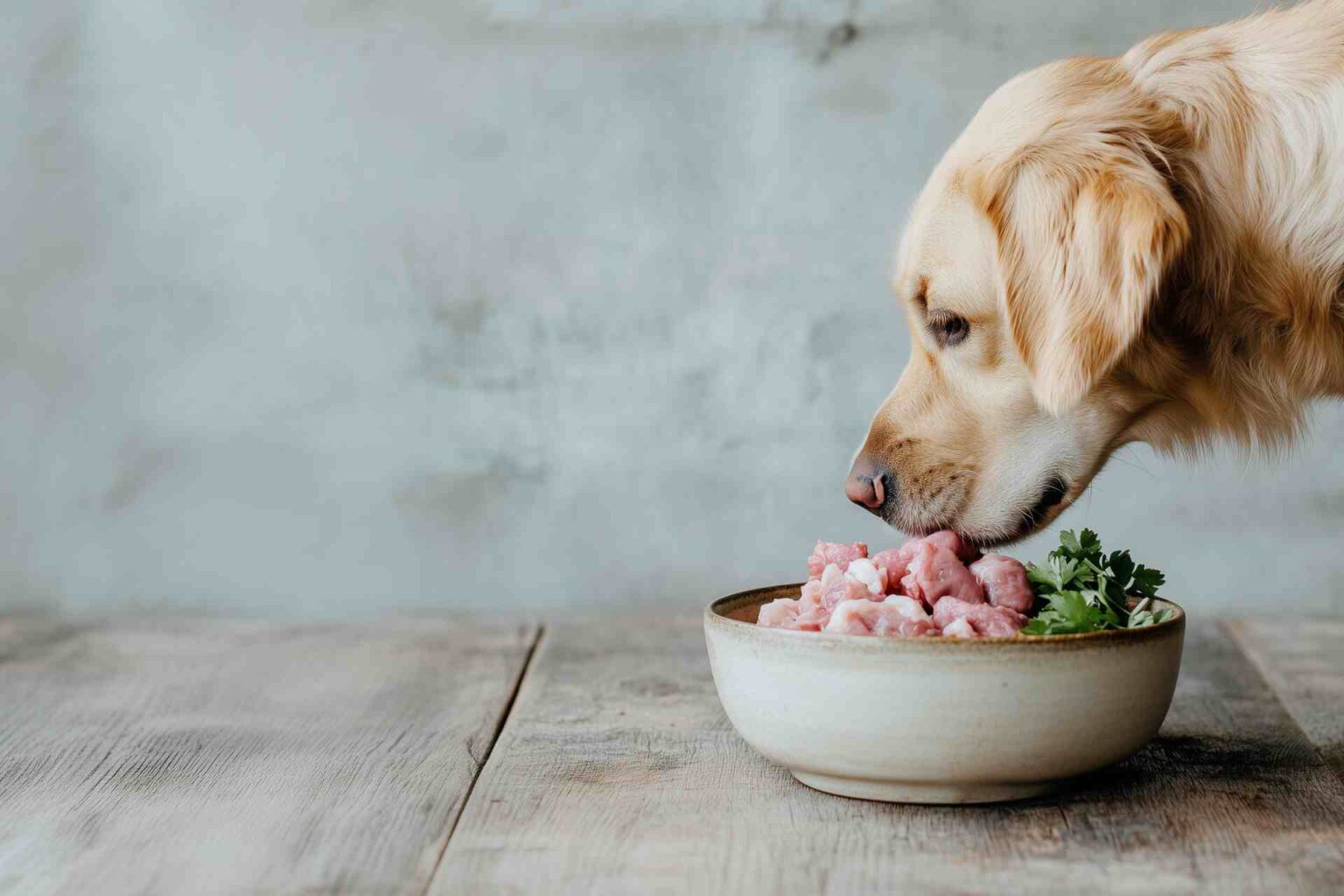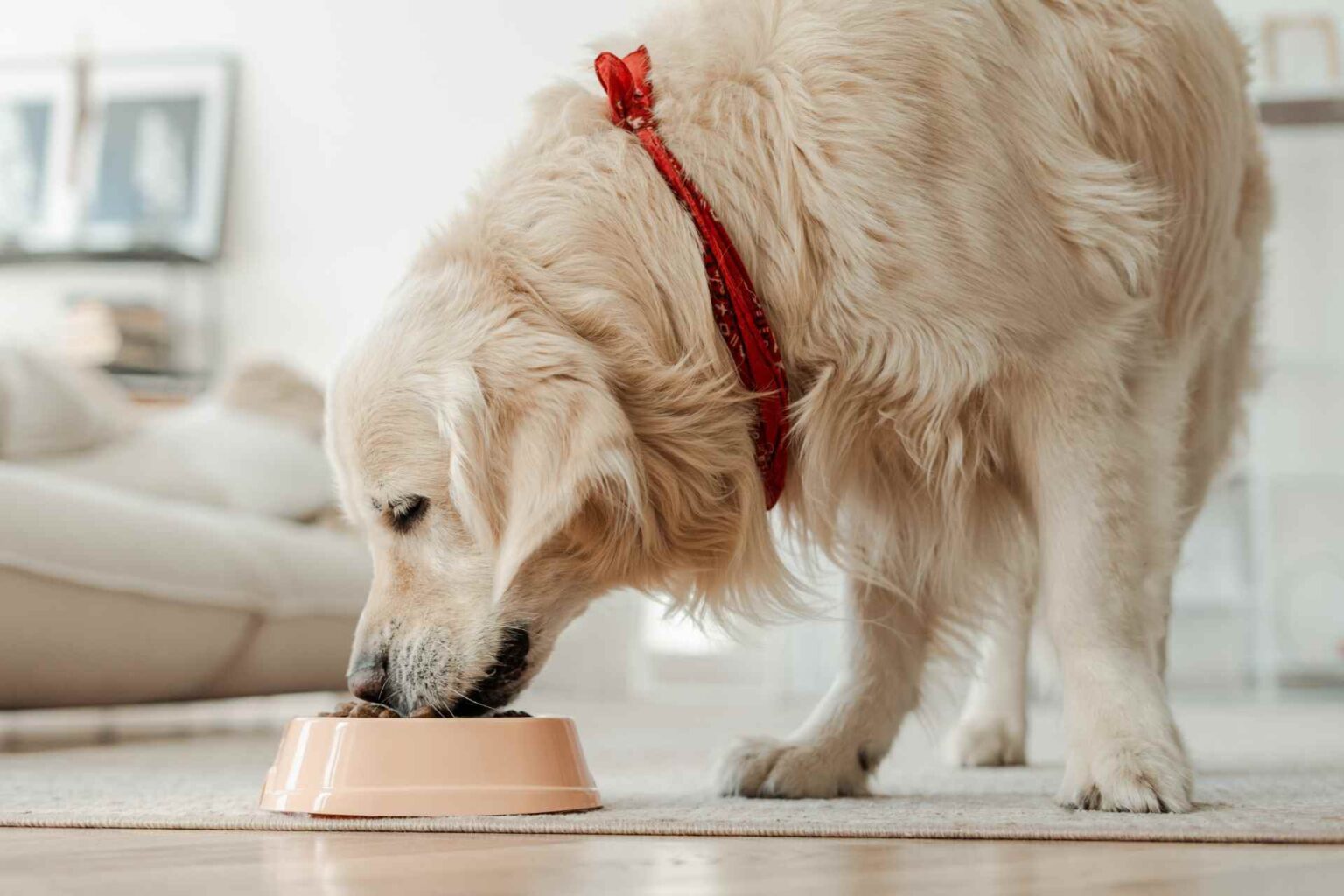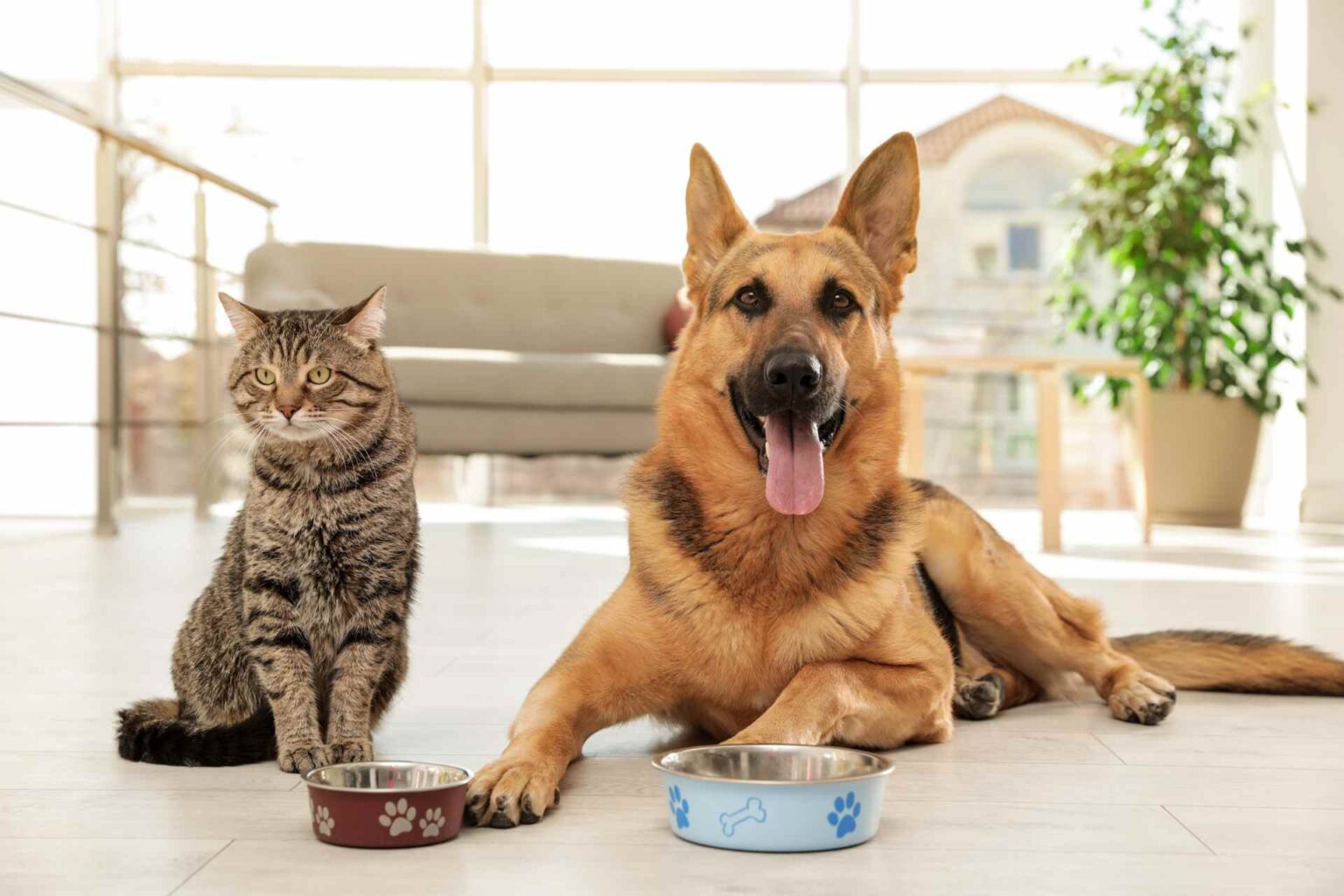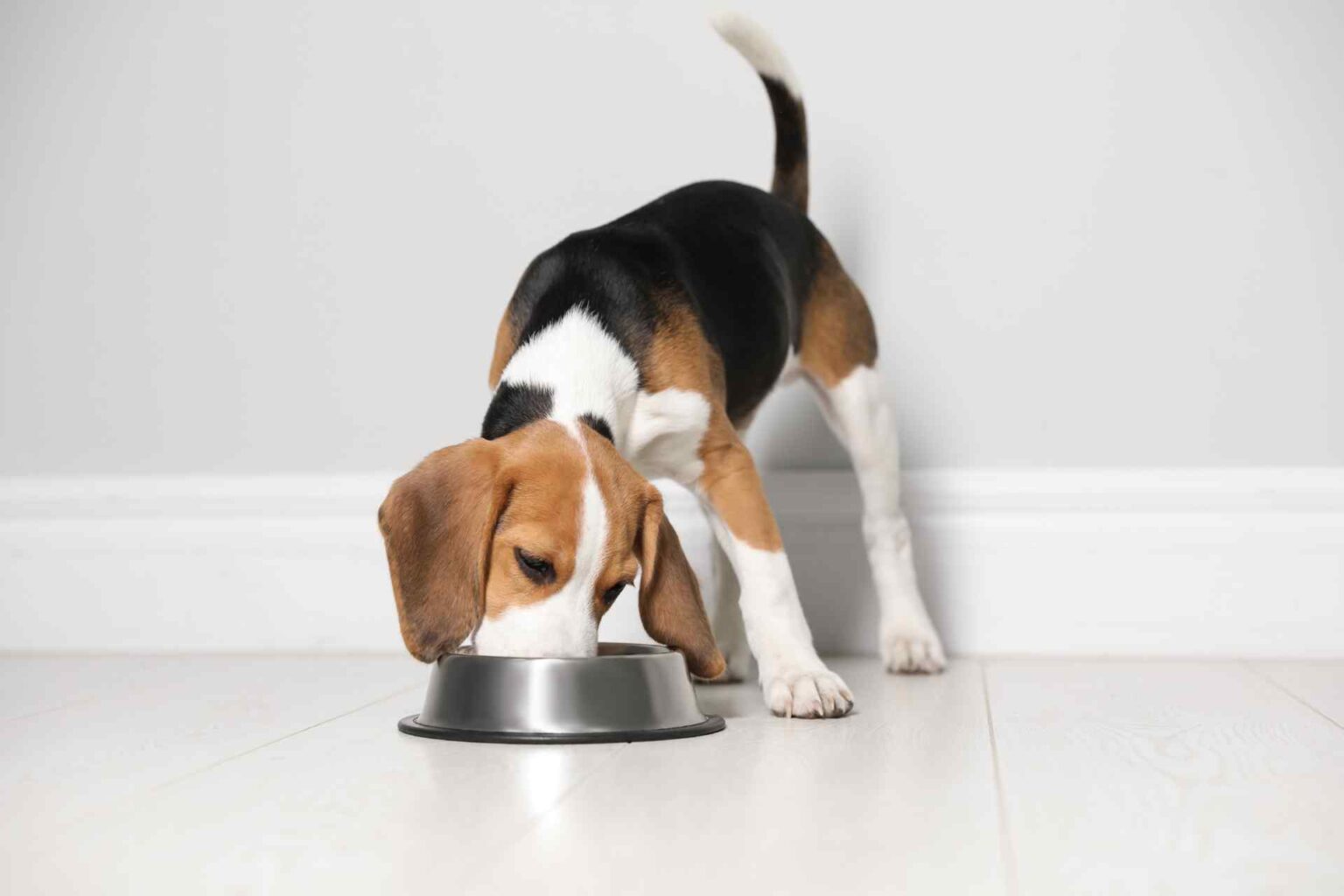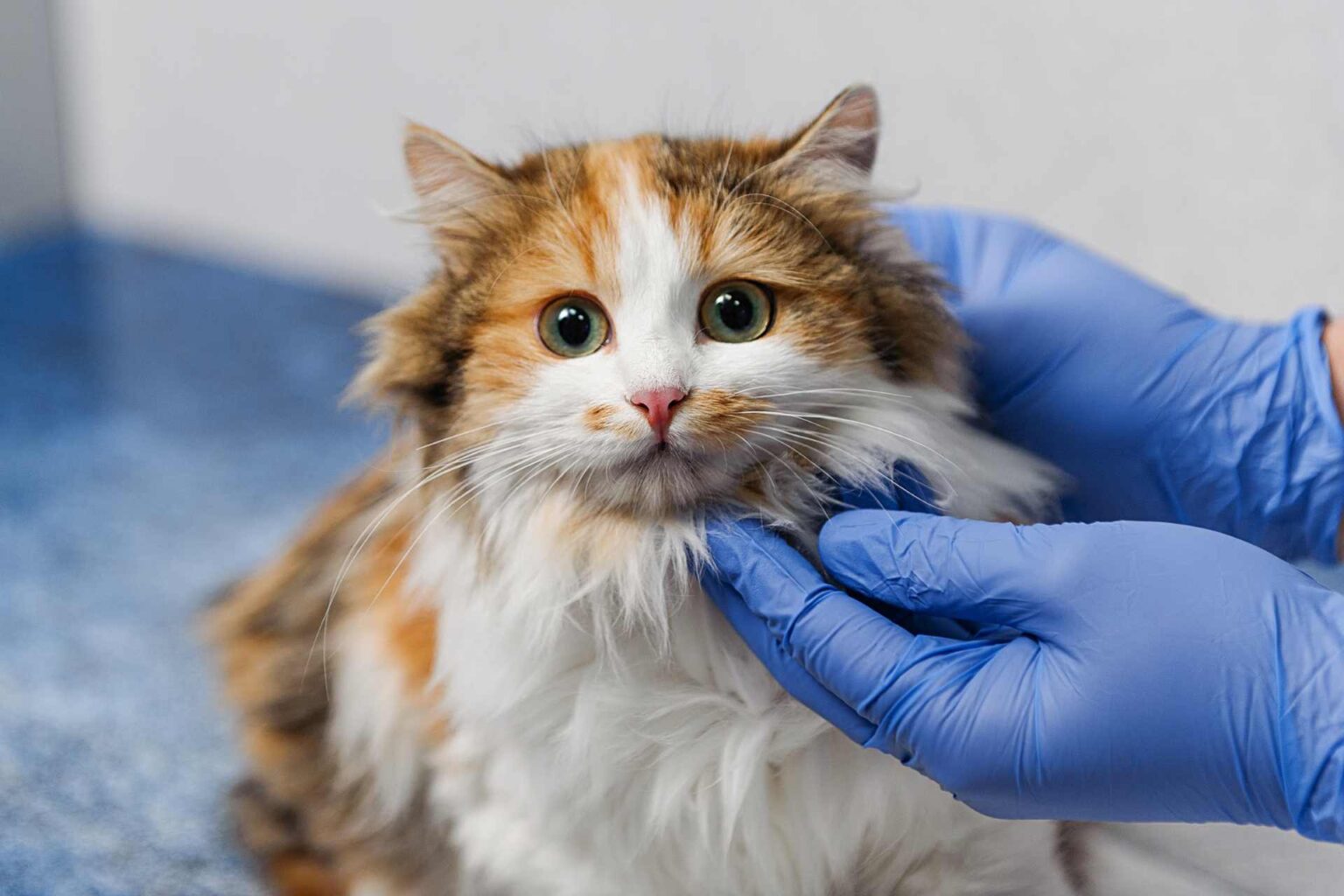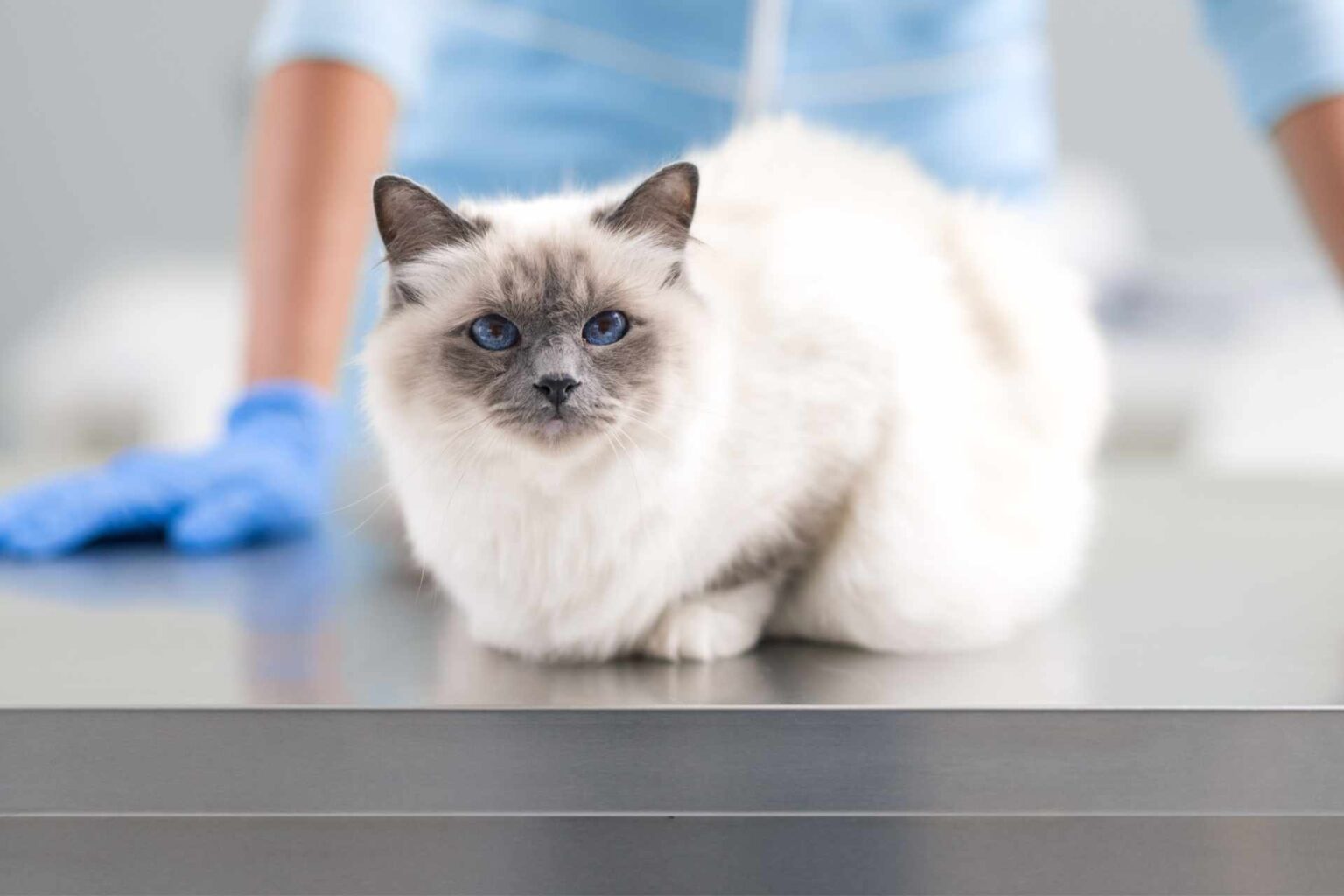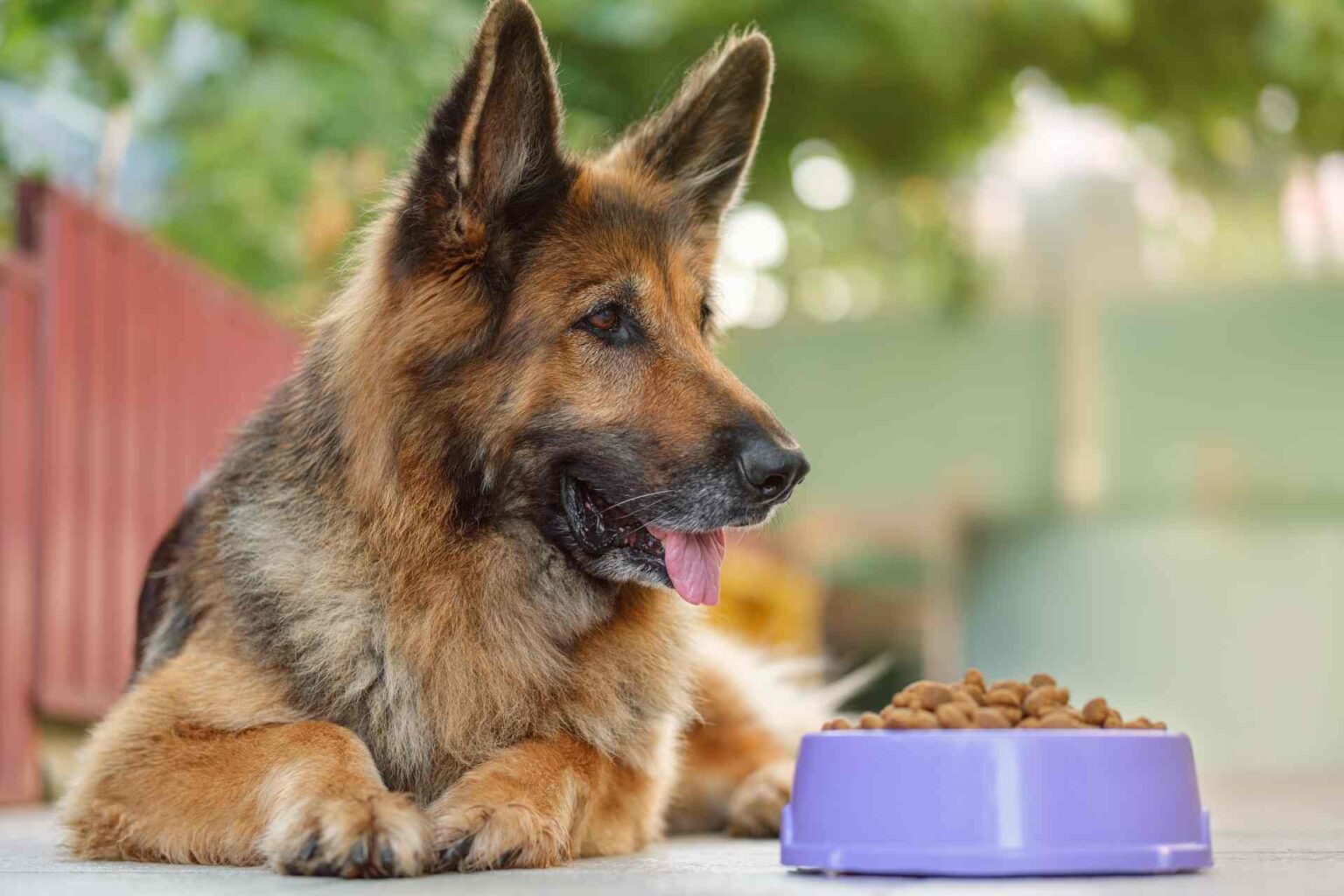The feeding behaviors of domestic cats(Felis silvestris catus) are derived from specific nutritional requirements related to their strictly carnivorous physiology. Therefore, their preferences are directed toward foods characterized by high levels of crude protein linked to the presence of specific amino acids (e.g., arginine and taurine), vitamins A, D and B complex, and arachidonic acid.
Cats eat small portions throughout the day, thus imitating the feeding rhythm typical of their wild ancestors(Felis silvestris lybica), who hunted small prey. Felines choose their diets based on odor, taste, temperature, and texture, and are able to self-regulate their consumption of specific types of food, thus balancing their diet and nutrient intake. Peer regarding taste, They are intrinsically attracted to foods with a strong umami flavor, related to a high concentration of amino acids, and show little interest in sugar-rich foods (some studies have confirmed that they do not perceive sweet taste). In fact, cats give up sweet foods and limit their energy intake to less than 300 kJ/day, and if they consume large amounts of these nutrients, they usually vomit and subsequently go into diarrhea.
Depending on their origin, experience, and nutritional status, cats may have different reactions to the inclusion of new ingredients in their diet, these range from caution/neophobia (to avoid possible intoxication or harm) to neophilia.
The pet food industry constantly runs tests to assess cats’ preferences to understand the variability of their choices when faced with a wide range of flavors, ingredients, or presentations.
The ‘goal is to offer a variety of food products that meet the nutritional and hedonic needs of cats based on intrinsic variables such as age, breed, reproductive status, weight or even specific health conditions.
As in humans, physiological changes in feeding behavior related, for example, to age-related changes such as reduced digestive capacity, decreased motor activity, and lower metabolic requirements may occur in domestic felines. Few scientific studies, however, have thoroughly explored how intrinsic variables might alter the extent of cats’ preferences for different commercial diets.
Feeding behavior of cats in relation to intrinsic variables
A recent study examined, by analyzing data from a 10-year database of food preference tests (2007-2017), the feeding behavior of cats in relation to diet composition and some intrinsic variables (sex, age, and body weight). To make the different studies that did not have the same standard diet in all trials homogeneous and comparable, the preferred diet in each trial was labeled diet A, while the least liked diet was labeled diet B.
The results of the analysis show that excesses of the mineral component in diets (c, P, ash), as well as crude fiber content, had a negative effect on food preferences. The influence of body weight was manifested by lower food intake but increased preference of obese cats for palatable diets (diet A). In addition, while males usually ate more than females, gender did not influence food preferences.
Regarding the effect of seasons, an interaction between sex and climate season was observed. Diet A was, in fact, preferred in the cold season by females (probably because of their reproductive cycle), while males tended to prefer it during the warm season (perhaps because the higher temperatures allow them to better discriminate palatable foods).
Understanding the relationship between food composition, intrinsic variables, and cats’ food preferences could help improve the formulation of foods for pet-specific diets so that they adequately meet the needs, physiological and otherwise, of domestic cats.
Reference
Alegría-Morán RA, Guzmán-Pino SA, Egaña JI, Sotomayor V, Figueroa J. Food Preferences in Cats: Effect of Dietary Composition and Intrinsic Variables on Diet Selection. Animals (Basel). 2019 Jun 19;9(6):372. doi: 10.3390/ani906060372.





